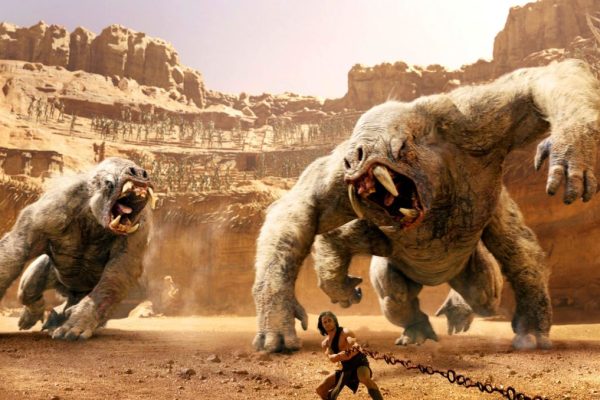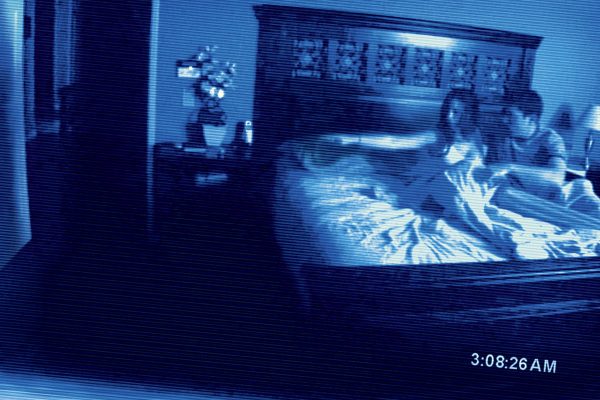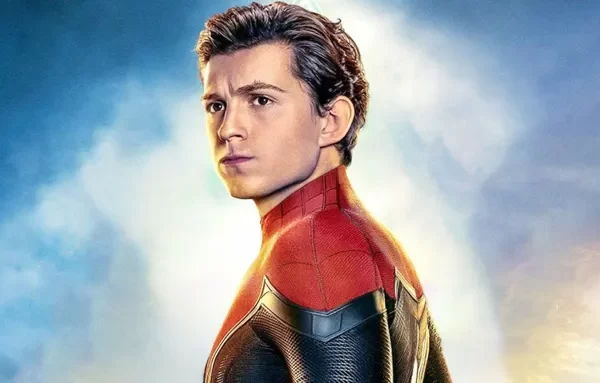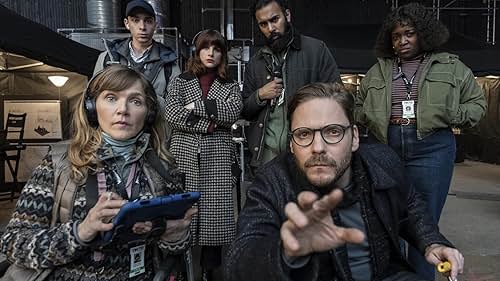
The Legend of Ochi Review: A Visually Lush and Emotionally Rich Debut
In the age of overblown CGI and over-explained fantasy lore, Isaiah Saxon’s The Legend of Ochi arrives like a breath of crisp, pine-scented air—grounded in feeling, driven by visuals, and marked by a rare sincerity that lingers long after the credits roll. This is not just a film—it’s an experience that invites you to get lost in its quiet magic and immersive worldbuilding. A Wordless World, A Universal Story What makes The Legend of Ochi truly stand out isn’t just its story, but how it chooses to tell it. There’s minimal dialogue, yet every moment feels deeply communicative. The film follows a young girl named Leia, played with astonishing emotional clarity by Helena Zengel, as she escapes from her father (Willem Dafoe) and embarks on a spiritual, dreamlike journey through a mystical land. Along the way, she forms a bond with the Ochi, a mysterious creature who acts more like a guide than a sidekick. This is not your typical hero’s journey. There are no epic battle scenes or thundering musical cues. Instead, there’s a gentle unfolding of trust, empathy, and mutual discovery. The film leans heavily on visual storytelling, letting landscapes, lighting, and creature design carry the emotional weight. A Visual Masterpiece Rooted in Real Craft What immediately sets The Legend of Ochi apart from the modern fantasy pack is its dedication to real-world textures. Saxon, who has a background in visual arts and animation, builds a world that feels ancient and untouched—part folklore, part fever dream. Shot in the rolling hills of Romania, the natural environments lend an organic authenticity that no green screen can replicate. The Ochi creatures themselves, brought to life using practical effects and animatronics, are breathtaking. Their design is otherworldly yet soulful, echoing the kind of handcrafted magic we haven’t seen since The Dark Crystal. It’s clear that every frame was composed with intention. Each movement, color palette, and camera angle contributes to an overarching feeling of wonder and awe. Helena Zengel Shines in a Role Without Words It’s no easy task to lead a movie with barely a word spoken, but Helena Zengel does so with finesse beyond her years. Her Leia is curious, brave, and quietly rebellious. She says everything she needs to with her eyes and body language—conveying grief, joy, fear, and wonder without uttering a line. Willem Dafoe, as the emotionally distant father, brings depth and tension in his limited screen time. Finn Wolfhard also makes a surprising appearance as a quiet, enigmatic character who never quite becomes what you expect—another subversion that the film pulls off effortlessly. A Score That Breathes With the Land The film’s soundtrack, composed by Dirty Projectors’ David Longstreth, is less a traditional score and more of an aural landscape. Instead of booming orchestral swells, you get atmospheric textures—whispers of wind, rustling leaves, haunting hums. It doesn’t direct your emotions so much as blend into them, enhancing the film’s meditative tone. More Meditation Than Narrative The Legend of Ochi isn’t for everyone. Those looking for a tightly structured, plot-heavy fantasy might find it slow or even aimless. But if you go in expecting a mood piece—a poetic fable more than a tale with a tidy arc—there’s something deeply rewarding here. This is a movie about silence, connection, and healing. It explores the kind of primal, unspoken understanding that can exist between two beings—whether human or not—and it does so with grace. Final Verdict: A Hypnotic First Step for a Bold New Voice As a debut, The Legend of Ochi is nothing short of remarkable. It’s not loud, but it speaks volumes. It’s not flashy, but it’s unforgettable. Isaiah Saxon has crafted a piece of art that feels simultaneously ancient and original—something rooted in the earth, but touched by magic. This is a film that doesn’t just want to entertain you—it wants to awaken something. And if you let it, The Legend of Ochi will wrap around your imagination and hold on long after you leave its enchanted forest.



